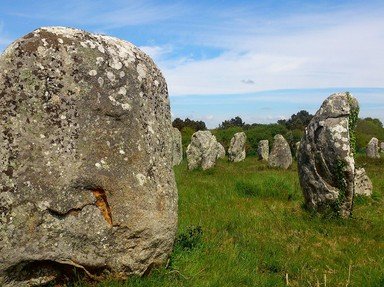Quiz Answer Key and Fun Facts
1. Recorded human history can safely be said to have begun around the time when people discovered different methods of writing. Prior to the advent of writing, human beings still created objects from stone, wood, etc. Which of these is not a method of deciphering the age of these prehistoric objects and/or human remains?
2. Christian Jurgensen Thomson developed his famous 'Three Age System' for subdividing human prehistory in 1806. Which of these was not an 'age' in Thomson's system?
3. The last glaciation of the most recent Ice Age is sometimes referred to by the name of what river in Europe?
4. Which of these individuals first identified a member of the early hominid species known as Australopithecus?
5. The Leakey family is responsible for some of the most famous archaeological finds known to us. Louis Leakey was the patriarch of the family, and has become known as 'The Old Man of __________' because of his many discoveries at a certain location. Which of these fits the blank?
6. The earliest evidence of toolmaking was found at a site on the east side of Lake Turkana which has been given what name?
7. Which early race of hominids was given the name 'handy man' because of their ability to use tools and other implements?
8. Eugene Dubois was a Dutch physician who set out in the 1890s to find remains of early humanoids. He located the first example of what he called 'Pithecanthropus erectus', also known as Homo erectus, on what island in 1891?
9. In what country can the famous Zhoukoudian Cave be found, where a great many remains of the species Homo erectus have been discovered?
10. Which of these is the name of a cave wherein tools have been found that were employed by the Neanderthals?
Source: Author
thejazzkickazz
This quiz was reviewed by FunTrivia editor
bloomsby before going online.
Any errors found in FunTrivia content are routinely corrected through our feedback system.

